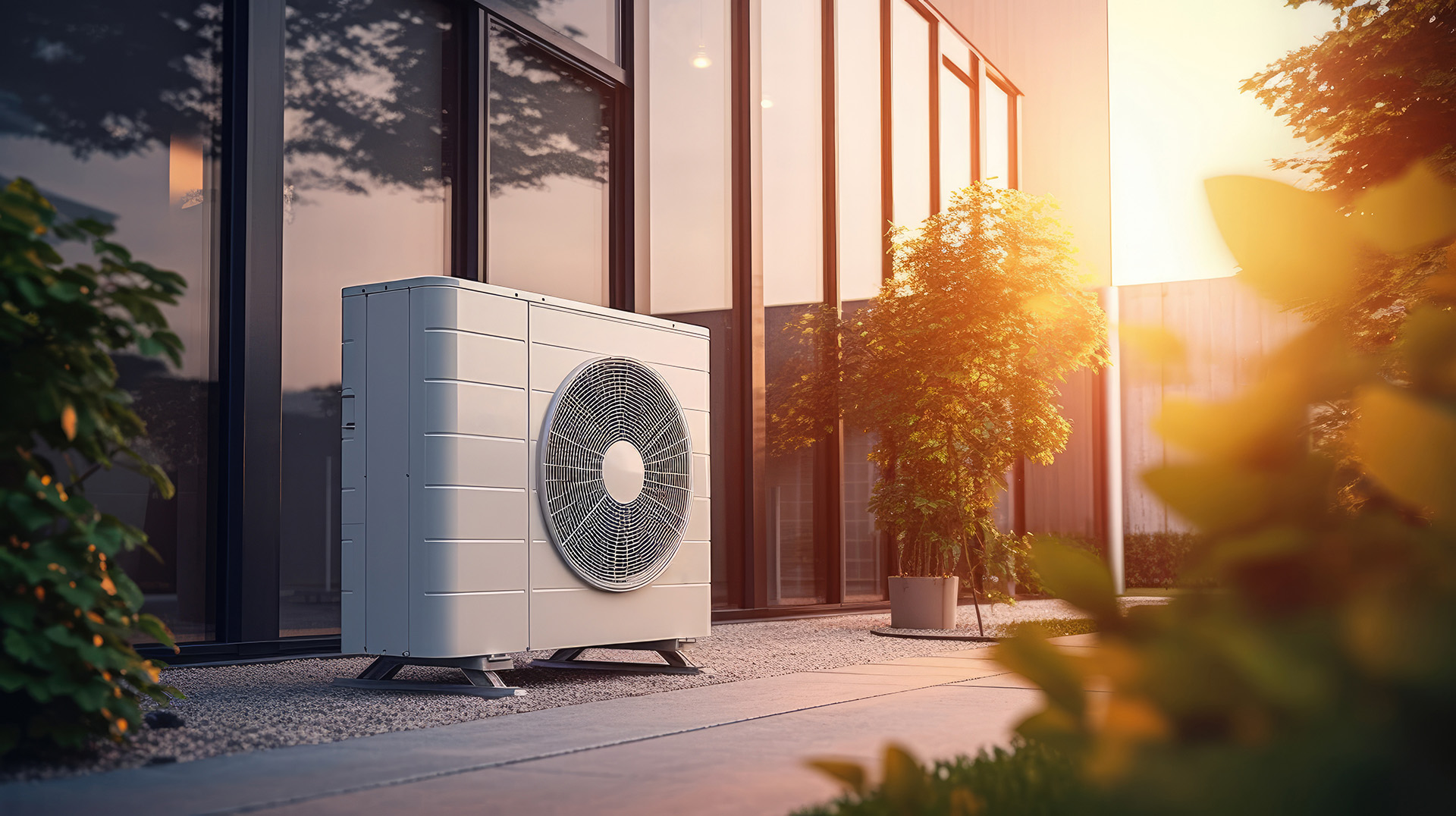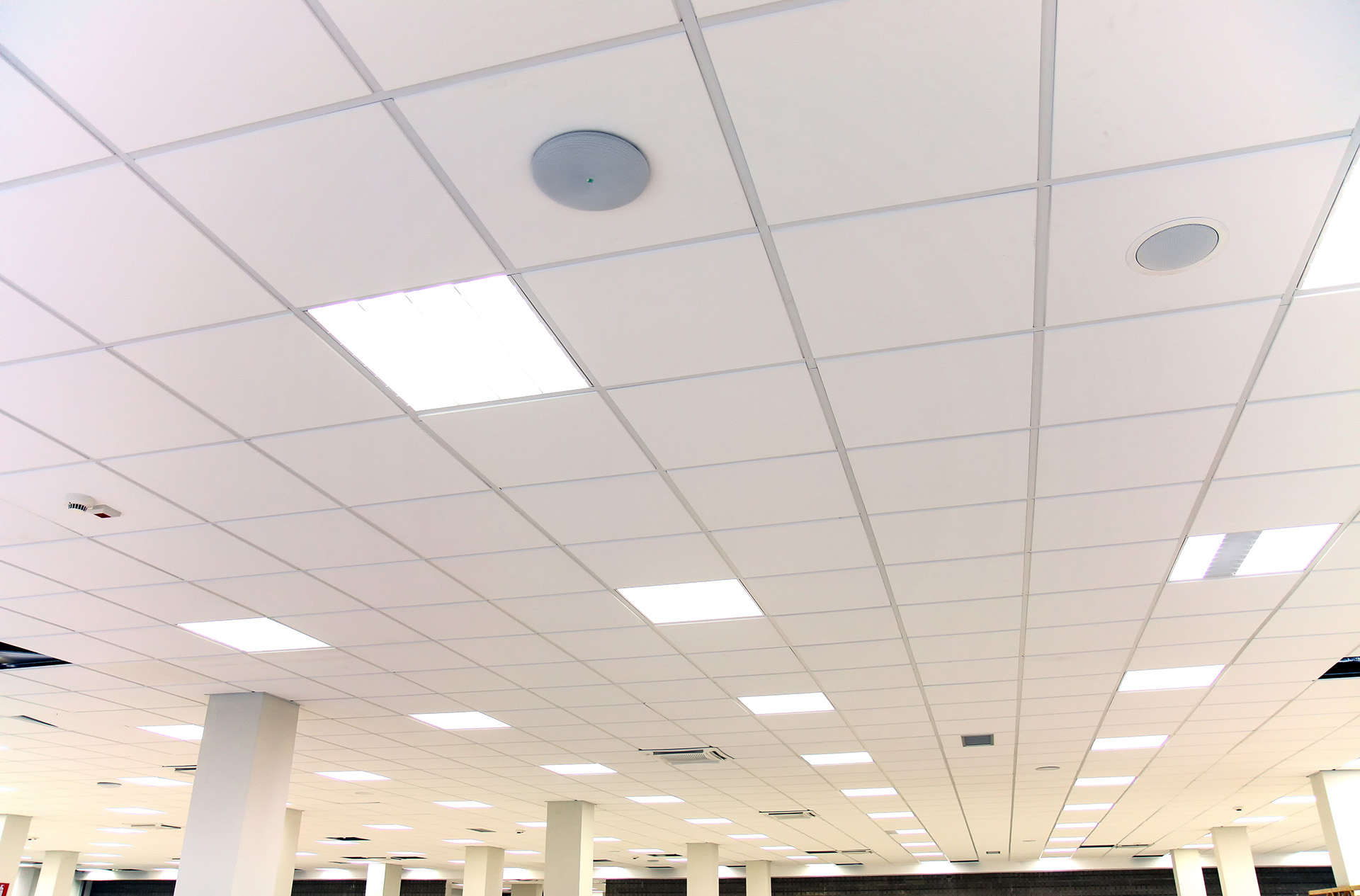Energy Efficiency | May 20, 2021
5 Useful Results from Integrated Data Center Automation
The goal with data center automation is to allow data center operators to sleep at night. That’s the heart of it. The reality of managing complex, sensitive infrastructure in data centers is that things go wrong. HVAC systems can break down, human error is always a factor and occasionally a tropical storm or winter weather messes with the power grid.
Because “things go wrong,” data center automation is a powerful and reassuring tool. What data center managers (and their customers) want is to know that if something happens, the automation can respond appropriately to keep customers’ servers running.
One strategy used to mitigate risk is redundancy, with different levels of redundancy such as N+1 (one more unit that needed always available), 2N, and 2N+1. While there are multiple smart and effective redundancy strategies, one ineffective strategy I’ve seen implemented is to simply run extra Computer Room Air Conditioning (CRAC) units as insurance.
In many cases, we see 2-3 times as many units running as is needed. Not only does it provide subpar cooling results, but it costs money (lots of it – my last company’s savings at a single data center was typically in the neighborhood of $100k/yr. in power alone; and add wear and tear of the equipment to that). Data center automation supports a redundancy strategy without being wasteful.
Five benefits from optimizing your existing data center automation and control systems
Optimizing data center control systems is clearly a benefit to overall facility operations. We’re going to go a step further and identify the five useful results automation can deliver.
1. Reduce cooling expenditure through airflow optimization
Data center automation can actively right-size facility HVAC energy use for the data center’s actual needs without the risk of failure. By monitoring the HVAC units and temperatures in the space, control systems can kick on units if the load demands or set them back accordingly. Oversized cooling systems are expensive to run and needlessly use energy – optimized control systems reduce costs and energy use for better operations.
2. Manage data center failures with automation linked to CRAC unit sensors
Automation allows the cooling to be reduced, but also will manage failures. Thus, the idea of adding “Standby” units when conditions call for it mitigate the risk of a single point of failure. That way, all the extra air conditioners can sleep until needed, and the power isn’t wasted running them until then.
3. Guarantee colocation Service Level Agreements based on temperature standards
Standard colocation facility contracts often have guarantees related to not going above certain temperatures in the facility. Automation works to make sure that the temperatures are consistent at all times and circumstances, which helps prevent the data center from running into issues with temperature standards. In addition, the collected data proves compliance for both customers and leased equipment.
4. Identify system trouble areas quickly and address them
Operators need to spot trouble areas quickly so they can be addressed before they grow. All automated equipment can send alarms to the operational staff, but an isolated data point doesn’t always tell the whole story. A picture is worth a thousand words; if you haven’t recently updated your graphics, you really should consider it. Accurate, real time visual overviews alongside an alarm reporting system equips data center operators to make the right decisions as soon as possible and avoid larger issues.
5. Review historical facility data for operational improvements
Sensors gather data over time. This compilation of information can provide important insights for facilities about power usage effectiveness. Updated systems that gather and report on data can uncover cooling efficiency losses that aren’t severe enough to cause alarms, but still cause needless costs. Data can provide early warnings of cooling overload on hot summer days, so controls can be programmed to avoid it, or quantify costs comparisons between units for wiser capital management. Good decisions require good information.
How data center automation works
The five benefits we’ve identified are rooted in a solid data center automation strategy.
Here’s how it works.
There are two basic reasons for how controls like these function in the data center. First is getting live intel on what’s happening, and second is teaching the controls to respond accordingly. With real time data, graphics and dashboards to make sense of it and pre-programmed strategies, automation offers data center operators the confidence that systems will not only run as they should but are set-up to manage failures without compromising customer requirements.
A common control strategy is to divide large data centers into zones and then manage cooling units as a “team” within each zone. Each team has designated units that are always running. The controls keep track of the quantity of “AlwaysOn” units and, if one of them has a problem, the logic activates a “Standby” unit to replace it. Ideally you want all units to be either “AlwaysOn” or “Standby”, but in reality sometimes they break down and need significant repair or replacement. During this time, they are designated “OutOfService” and won’t be called upon until they are repaired and moved back to the “Standby” queue.
As CRAC and CRAH units have advanced to include EC motor fans that ramp up and down dynamically, the same strategy outlined above is modified to have the zones work together to efficiently cool in tandem instead of turning on and off. The goal is to ramp the fans/cooling match the load in that particular zone, while insuring there is sufficient head-room for units to ramp up and cover the total cooling load in the event one unit goes down.
The data center staff only needs to decide which category the unit is in, and the logic does the rest, adding and subtracting units as needed to manage the zone temperature.
Evaluate, strategize, take action
Data center automation means so much more than a good building management system designed to decrease energy use. Proper controls integrations should become paramount to a facility’s operations, integrating all power and cooling equipment, and providing operators with both peace of mind and actionable tactics based on accurate data.
Get started by evaluating your current infrastructure and how well it’s interconnected to your existing control system.
The goal with data center automation is to allow data center operators to sleep at night. That’s the heart of it. The reality of managing complex, sensitive infrastructure in data centers is that things go wrong. HVAC systems can break down, human error is always a factor and occasionally a tropical storm or winter weather messes with the power grid.
Because “things go wrong,” data center automation is a powerful and reassuring tool. What data center managers (and their customers) want is to know that if something happens, the automation can respond appropriately to keep customers’ servers running.
One strategy used to mitigate risk is redundancy, with different levels of redundancy such as N+1 (one more unit that needed always available), 2N, and 2N+1. While there are multiple smart and effective redundancy strategies, one ineffective strategy I’ve seen implemented is to simply run extra Computer Room Air Conditioning (CRAC) units as insurance.
In many cases, we see 2-3 times as many units running as is needed. Not only does it provide subpar cooling results, but it costs money (lots of it – my last company’s savings at a single data center was typically in the neighborhood of $100k/yr. in power alone; and add wear and tear of the equipment to that). Data center automation supports a redundancy strategy without being wasteful.
Five benefits from optimizing your existing data center automation and control systems
Optimizing data center control systems is clearly a benefit to overall facility operations. We’re going to go a step further and identify the five useful results automation can deliver.
1. Reduce cooling expenditure through airflow optimization
Data center automation can actively right-size facility HVAC energy use for the data center’s actual needs without the risk of failure. By monitoring the HVAC units and temperatures in the space, control systems can kick on units if the load demands or set them back accordingly. Oversized cooling systems are expensive to run and needlessly use energy – optimized control systems reduce costs and energy use for better operations.
2. Manage data center failures with automation linked to CRAC unit sensors
Automation allows the cooling to be reduced, but also will manage failures. Thus, the idea of adding “Standby” units when conditions call for it mitigate the risk of a single point of failure. That way, all the extra air conditioners can sleep until needed, and the power isn’t wasted running them until then.
3. Guarantee colocation Service Level Agreements based on temperature standards
Standard colocation facility contracts often have guarantees related to not going above certain temperatures in the facility. Automation works to make sure that the temperatures are consistent at all times and circumstances, which helps prevent the data center from running into issues with temperature standards. In addition, the collected data proves compliance for both customers and leased equipment.
4. Identify system trouble areas quickly and address them
Operators need to spot trouble areas quickly so they can be addressed before they grow. All automated equipment can send alarms to the operational staff, but an isolated data point doesn’t always tell the whole story. A picture is worth a thousand words; if you haven’t recently updated your graphics, you really should consider it. Accurate, real time visual overviews alongside an alarm reporting system equips data center operators to make the right decisions as soon as possible and avoid larger issues.
5. Review historical facility data for operational improvements
Sensors gather data over time. This compilation of information can provide important insights for facilities about power usage effectiveness. Updated systems that gather and report on data can uncover cooling efficiency losses that aren’t severe enough to cause alarms, but still cause needless costs. Data can provide early warnings of cooling overload on hot summer days, so controls can be programmed to avoid it, or quantify costs comparisons between units for wiser capital management. Good decisions require good information.
How data center automation works
The five benefits we’ve identified are rooted in a solid data center automation strategy.
Here’s how it works.
There are two basic reasons for how controls like these function in the data center. First is getting live intel on what’s happening, and second is teaching the controls to respond accordingly. With real time data, graphics and dashboards to make sense of it and pre-programmed strategies, automation offers data center operators the confidence that systems will not only run as they should but are set-up to manage failures without compromising customer requirements.
A common control strategy is to divide large data centers into zones and then manage cooling units as a “team” within each zone. Each team has designated units that are always running. The controls keep track of the quantity of “AlwaysOn” units and, if one of them has a problem, the logic activates a “Standby” unit to replace it. Ideally you want all units to be either “AlwaysOn” or “Standby”, but in reality sometimes they break down and need significant repair or replacement. During this time, they are designated “OutOfService” and won’t be called upon until they are repaired and moved back to the “Standby” queue.
As CRAC and CRAH units have advanced to include EC motor fans that ramp up and down dynamically, the same strategy outlined above is modified to have the zones work together to efficiently cool in tandem instead of turning on and off. The goal is to ramp the fans/cooling match the load in that particular zone, while insuring there is sufficient head-room for units to ramp up and cover the total cooling load in the event one unit goes down.
The data center staff only needs to decide which category the unit is in, and the logic does the rest, adding and subtracting units as needed to manage the zone temperature.
Evaluate, strategize, take action
Data center automation means so much more than a good building management system designed to decrease energy use. Proper controls integrations should become paramount to a facility’s operations, integrating all power and cooling equipment, and providing operators with both peace of mind and actionable tactics based on accurate data.
Get started by evaluating your current infrastructure and how well it’s interconnected to your existing control system.

Related Posts
Discover more content and insights from Mantis Innovation

Integrated Building Automation Systems for Commercial Building Portfolios
Integrated Building Automation Systems (BAS) are becoming increasingly popular in commercial building portfolios. These systems allow facility managers to monitor and control various building

The Rising Popularity of Heat Pumps and the Challenges of Commercial Retrofits
Heat pumps are becoming increasingly popular across many parts of the U.S., thanks to their energy efficiency and reduced greenhouse gas emissions compared to other building heating and cooling

Leveraging Commercial Lighting Rebate Programs for Project Cost Savings
In the world of commercial real estate, energy efficiency is no longer a luxury, but a necessity. With the increasing emphasis on sustainability and cost-effectiveness, building owners and operators

Navigating Supply Chain Challenges for Energy Efficiency Solutions
The energy transition, a global shift from fossil fuels to renewable energy sources, is a complex and multifaceted process. The end goal is to reduce our reliance on fossil fuels, introduce more
